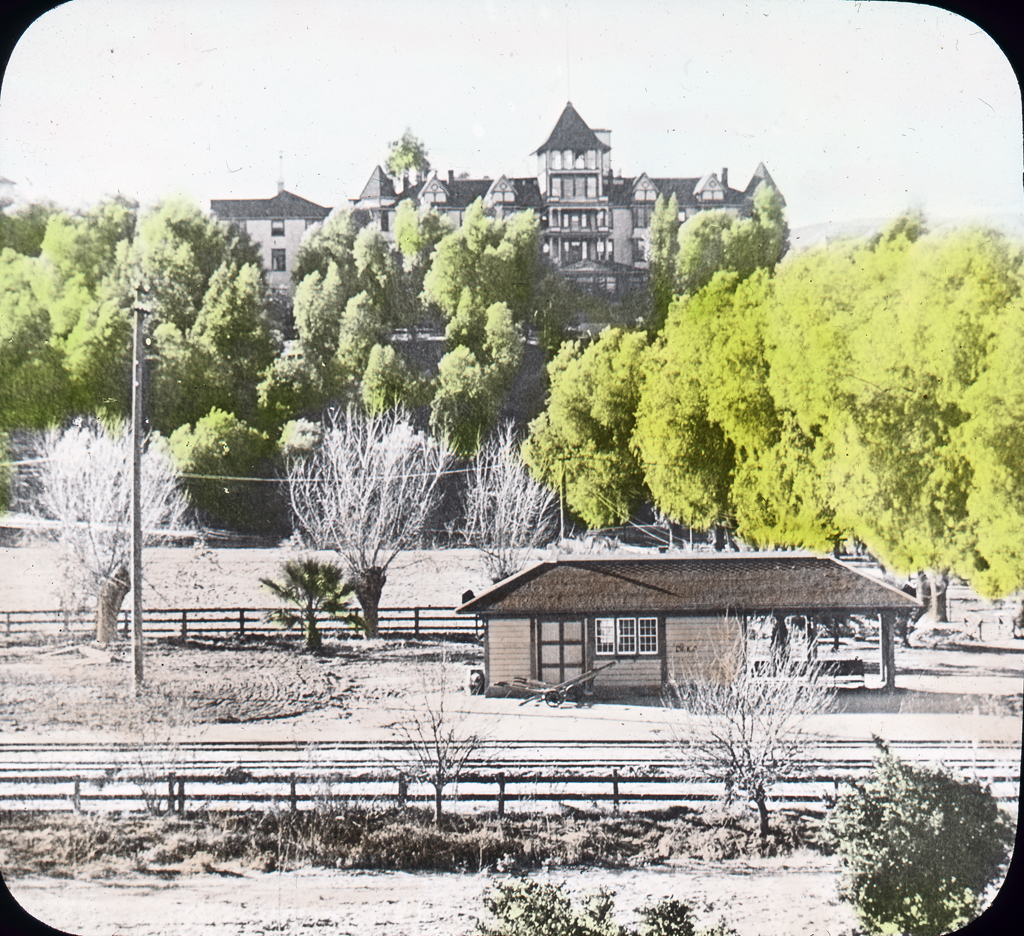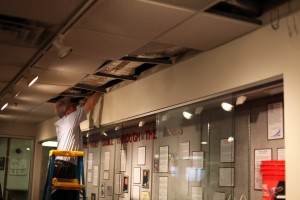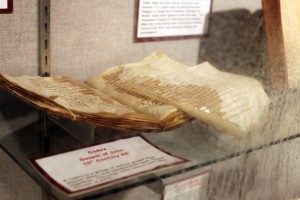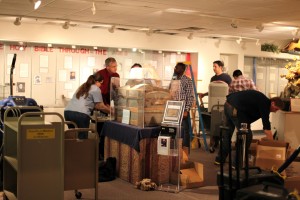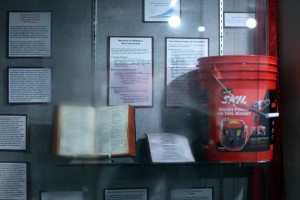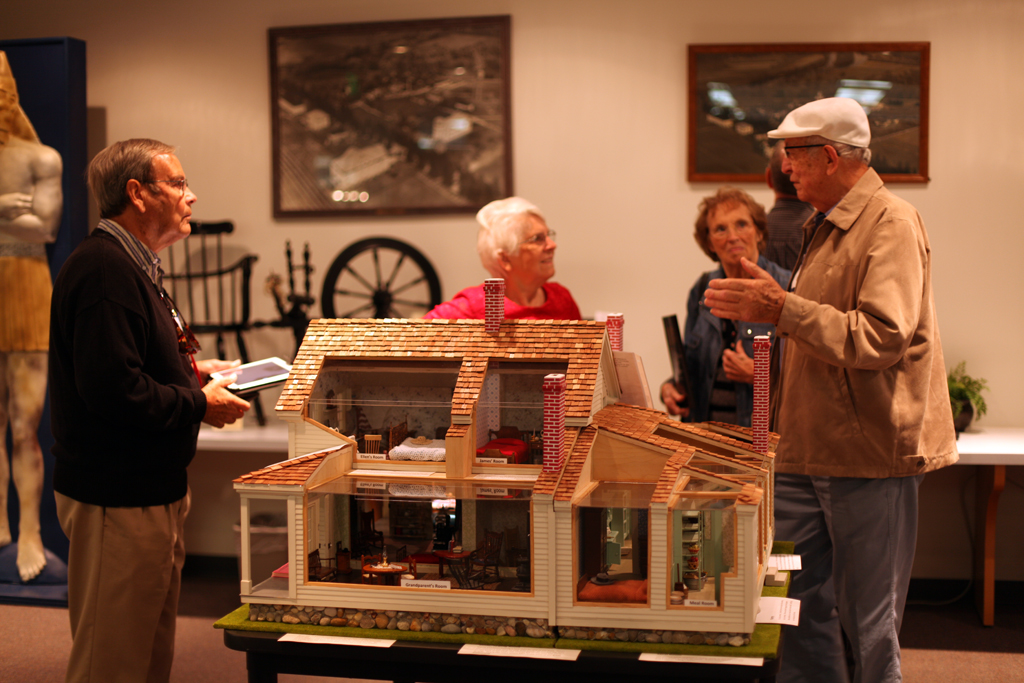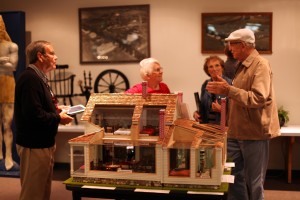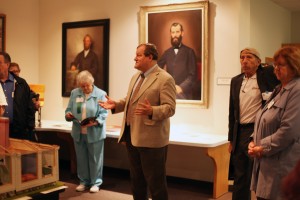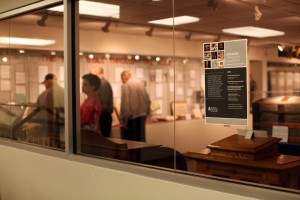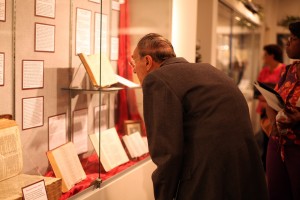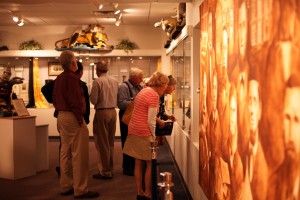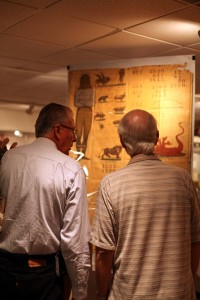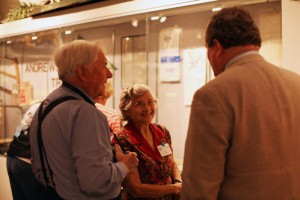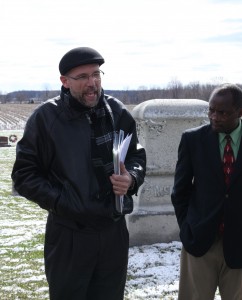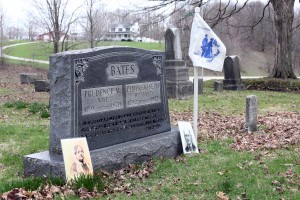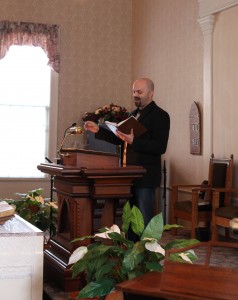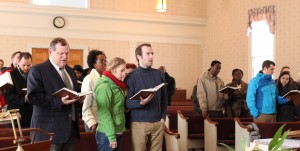We recently began a new project in the digitization area of the Center – scanning the thousands of lantern slides in our collection. Lantern slides were first introduced ten years after the invention of photography, and allowed images to be viewed by large groups. This was much like slide transparencies of a few years ago. The Center has an extremely large quantity of these slides, and none of them have been cataloged before now. The small box of 31 lantern slides we began with contained photos and drawings of Adventist institutions and images used for evangelistic sermons on Daniel and Revelation. We scanned the slides at our standard photograph resolution (600 dpi), which will allow printing of the image up to letter size without loss of quality. We have archived these images and we have made a web version available for electronic use which you can view and download on our website (click on the Lantern Slides album). We only have 31 images now, but there will be many more coming in the next few years!
Juliette Johnson, Digitization Manager / Enjoys digitizing her father’s slide collection from their missionary days in her spare time.
